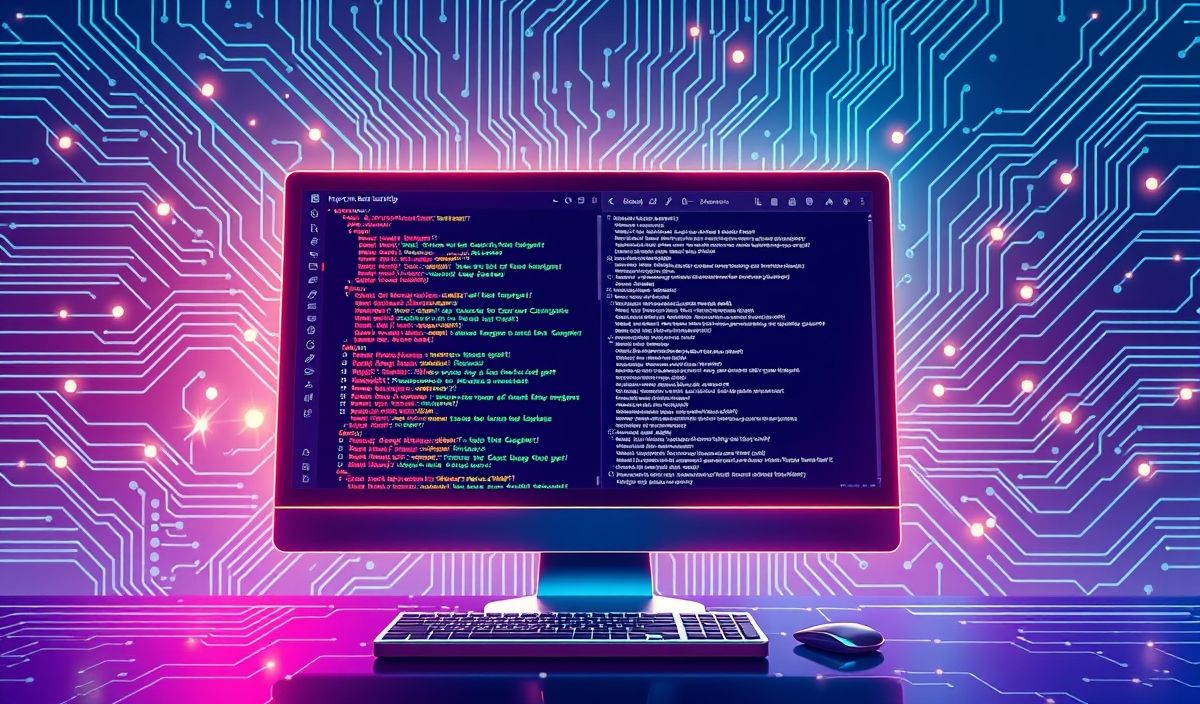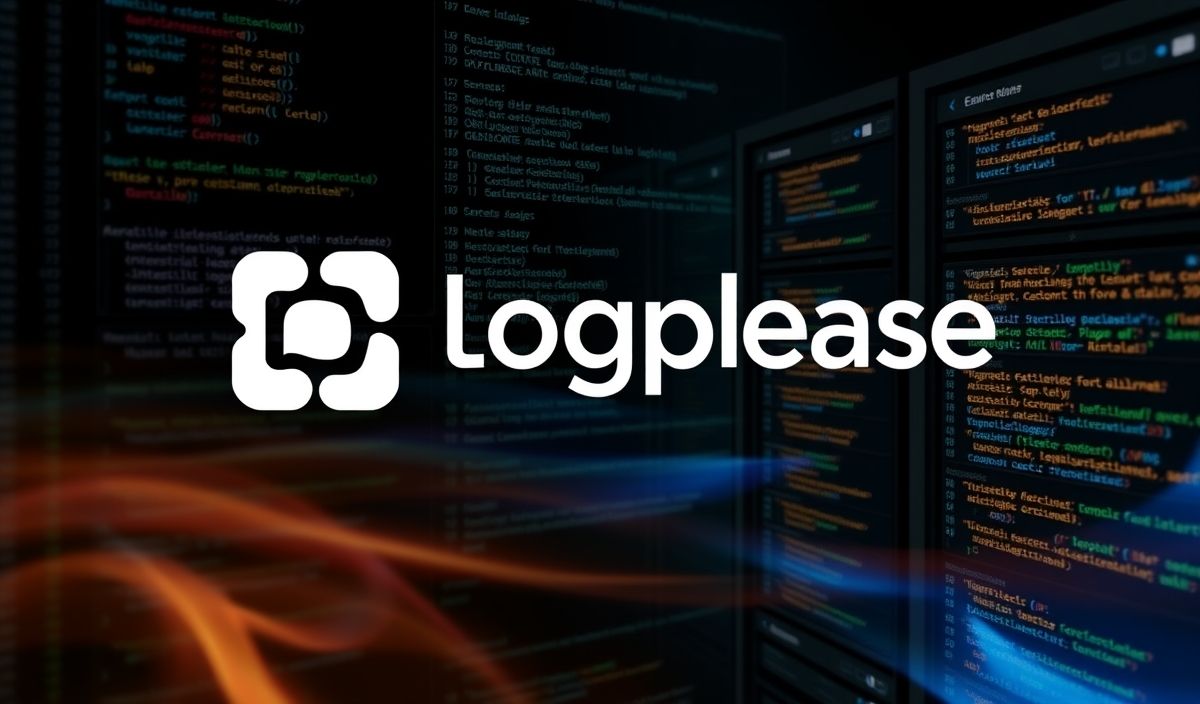Welcome to noiselogger: Comprehensive API Guide
noiselogger is a robust and versatile logging library designed to help developers capture and analyze noise data. In this detailed guide, we’ll explore dozens of noiselogger APIs and provide code snippets to illustrate their usage. Whether you’re building a new app or enhancing an existing one, noiselogger offers the tools you need to manage noise data effectively.
Getting Started with noiselogger
First, install noiselogger in your project:
pip install noiselogger
Initialization
Initialize noiselogger in your project:
from noiselogger import NoiseLogger
logger = NoiseLogger()
API Examples
Logging Noise Data
Create a noise log entry:
logger.log_noise("Background noise level", 75)
Custom Tags
Log noise data with custom tags:
logger.log_noise("Traffic noise", 85, tags=["traffic", "urban"])
Time-based Logging
Log noise data with timestamp:
from datetime import datetime
logger.log_noise("Construction noise", 90, timestamp=datetime.now())
Threshold Warnings
Set a threshold warning for noise levels:
logger.set_threshold("Alarm", 80)
logger.log_noise("Factory noise", 85)
Advanced Usage
Combine multiple APIs for advanced noise logging:
logger.set_threshold("Warning", 75)
logger.log_noise("Office noise", 60)
logger.log_noise("Conference noise", 78)
logger.log_noise("Emergency noise", 85, tags=["emergency"])
App Example
Noise Monitoring App
Let’s build a simple noise monitoring app using noiselogger APIs:
from noiselogger import NoiseLogger
from datetime import datetime
class NoiseMonitoringApp:
def __init__(self):
self.logger = NoiseLogger()
self.logger.set_threshold("Warning", 75)
def log_environment(self, noise_type, level):
timestamp = datetime.now()
self.logger.log_noise(noise_type, level, timestamp=timestamp)
print(f"Logged {noise_type} at level {level} dB at {timestamp}")
app = NoiseMonitoringApp()
app.log_environment("Ambient noise", 65)
app.log_environment("Traffic noise", 80)
This example demonstrates how to integrate various noiselogger APIs to create a functional noise monitoring application. Customize the app further to suit your specific use case.
Happy logging with noiselogger!
Hash: 44ac0e94540153870b886c962950ee7bfe7dba7a1a20df5ccaffd5f67fda9a89




